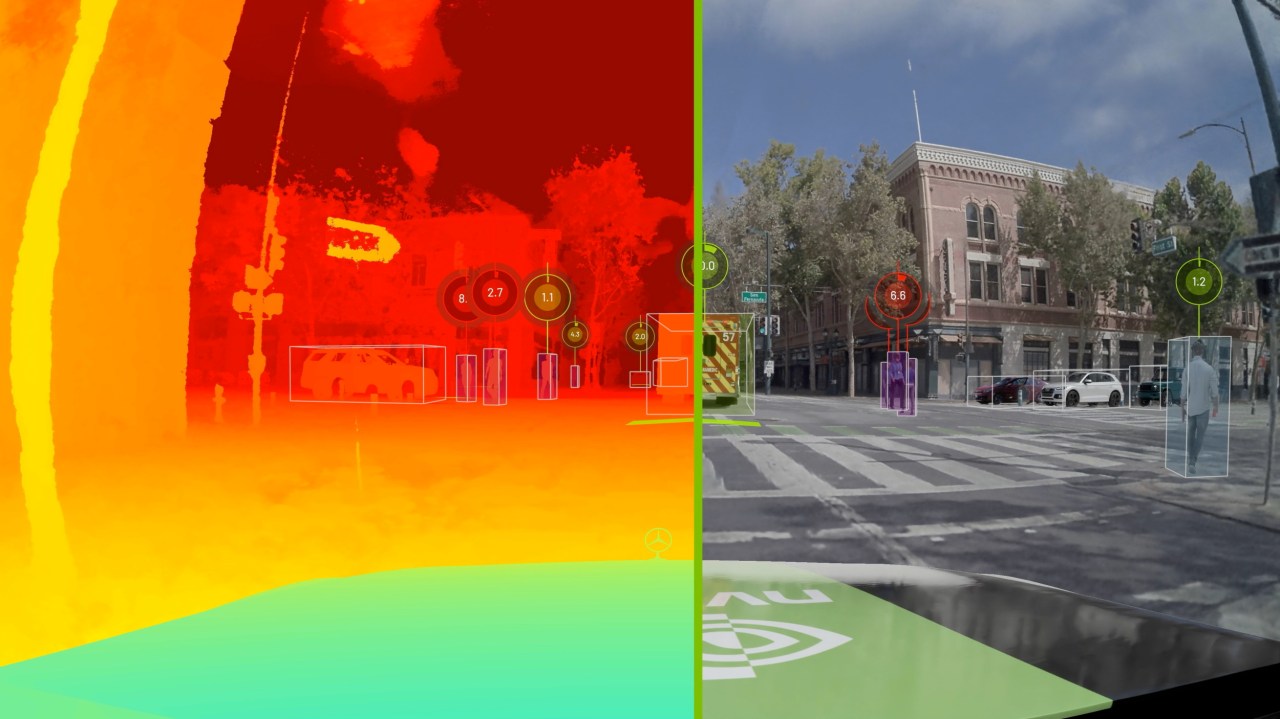The world of artificial intelligence (AI) is exploding with advancements, transforming industries and redefining how we interact with technology. As the capability for AI to understand and generate human language improves, so do concerns about ethics and inclusivity in its application. A recent focus is on developing multilingual AI systems that can perform tasks across borders, enabling artists and creators to maintain control over their work while leveraging the immense capabilities of AI. This blog post delves into exciting developments from various research teams and companies, highlighting their significance and implications.
The Power of Multilingual AI: Google’s PaLI
Google’s recent demonstration of the AI system PaLI has stirred interest within the tech community. Spanning over 100 languages, PaLI is making waves for its potential to enhance language understanding between diverse cultures. Trained on both images and text, PaLI performs tasks such as image captioning and object detection, bridging linguistic and visual gaps. For instance, it can recognize and caption a postcard image in French — a feat that illustrates the critical interplay between language and visuals.
As we witness this rise in multilingual capabilities, it’s essential to highlight collaborative community projects like Hugging Face’s Bloom that are pushing forward the frontier of multilingual systems. These innovations not only democratize access to technology but also empower diverse populations to engage more meaningfully with AI tools.
Protecting Creative Expression: The Rise of Source+
In the realm of creative arts, the emergence of projects like Source+ aims to address the ethical concerns surrounding AI-generated content. Launched by academic Mat Dryhurst and musician Holly Herndon, Source+ empowers artists—visual creators, musicians, and writers—to choose whether their work can be used for AI training purposes. This initiative is particularly timely, given the growing concern that AI systems can imitate or replicate styles without artists’ consent, thereby threatening livelihoods.
The voluntary nature of Source+ signifies a crucial step toward fostering more equity within the AI development landscape. While widespread adoption remains a challenge, the willingness of artists to have their voices heard could reshape the dynamic between AI creation and artistic integrity. It sets a precedent for consent in a world increasingly enveloped by AI advancements.
Cleaning Up AI: DeepMind’s Sparrow Chatbot
While pushing technological boundaries, researchers are also tackling the issue of misinformation and toxicity in AI outputs. DeepMind’s Sparrow chatbot is a noteworthy case study, designed to provide non-toxic and plausible answers by closely aligning with user expectations. Using crowd-sourced feedback, Sparrow has been trained to recognize and avoid harmful language while answering queries.
Achieving an impressive 78% accuracy rate in providing factual answers, Sparrow is part of a broader endeavor to build more responsible AI systems. This ongoing effort culminates in a more thoughtful conversation around the implications of AI’s ability to influence narratives in real time—critical in an age where misinformation can spread like wildfire.
Revolutionizing Learning Through Play: DeepMind’s MEME
Taking a significant stride in AI learning mechanisms, DeepMind has introduced MEME, a system that exhibits human-level performance on 57 Atari games. What sets MEME apart is its efficiency; it can learn from approximately 390 million frames, making it 200 times quicker than previous counterparts. This feat signals a promise that AI can learn complex tasks at an accelerated pace.
While critics debate the merit of using games as a training ground, the methodologies employed could extend to practical applications, such as robot learning or advancements in autonomous vehicles. Understanding how AI can learn from observation is a leap toward fostering systems that can adapt intelligently in dynamic environments.
The Future of AI and Human Collaboration: Innovations by Nvidia
Nvidia’s recent announcements indicate a trend toward synergistic human-robot collaborations. Their introduction of the IGX platform aims to improve safety and efficiency on factory floors, highlighting the necessity for proactive measures in automated environments. By allowing machines to learn from human behavior, the potential for a new era of industrial automation becomes tangible.
Nvidia is also reinventing the gaming landscape with its DLSS technology, which enhances graphical performance while maintaining visual fidelity. This innovation allows for the generation of frames using AI, solving the technical struggles associated with high-performance gaming. While the implications for gameplay are being explored, the intersection of AI and entertainment foreshadows a creative renaissance across both sectors.
Conclusion: Embracing a Future Fueled by AI Innovation
As we navigate the fast-paced realm of AI developments, it’s essential to appreciate the complex interplay between technology, creativity, and ethics. From multilingual systems to artists reclaiming their rights, the landscape is evolving at an unprecedented rate. The innovations in AI are redefining possibilities, but they also come with responsibilities that demand our attention.
At fxis.ai, we believe that such advancements are crucial for the future of AI, as they enable more comprehensive and effective solutions. Our team is continually exploring new methodologies to push the envelope in artificial intelligence, ensuring that our clients benefit from the latest technological innovations.
For more insights, updates, or to collaborate on AI development projects, stay connected with fxis.ai.

